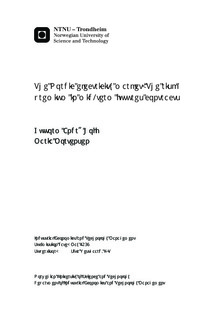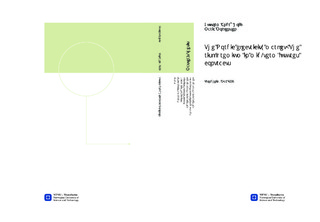| dc.description.abstract | This thesis investigates weekly futures contracts in the Nordic power market, covering the time period from January 2004 to December 2013. The futures contracts investigated have holding periods between one and four weeks. We investigate three different pricing alternatives for the futures contracts and how they influence the risk premium: the closing price on the last day of trading, the closing price on the day with highest traded volume and the average closing price during the final week of trading. Regression on the unbiased forward rate hypothesis (UFH) provides evidence of futures prices in the final week of trading being downward biased predictors of future spot prices. Rolling and recursive estimation of the coefficients in the UFH are provided to investigate behaviour over time. Futures prices have evolved into becoming downward biased predictors of future spot price during the most recent years. However, more data is needed to draw conclusions. Further investigation confirms presence of a significant risk premium. We find positive and significant premiums during fall and winter for all contract maturities. Also, a positive and significant premium is found during summer for contracts with holding periods of three and four weeks. We approximate the expected risk premium in the final week of trading by the realised risk premium, i.e. the difference between the closing futures price on the last day of trading and the average spot price in the delivery week. Several factors expected to have an influence on the risk premium are analysed and we propose their possible effects. An OLS regression model is formulated, intending to describe the variation in the expected risk premium from information available to all market participants at the time of trading. Potential pitfalls relevant for OLS regression are discussed and accounted for, if possible. The average spot price and deviation in inflow are found to have a significant positive influence on the risk premium. The same applies to the variance of the spot price for the contract closest to delivery. We also find weak evidence of a seasonal component describing the variation in the premium. | |

